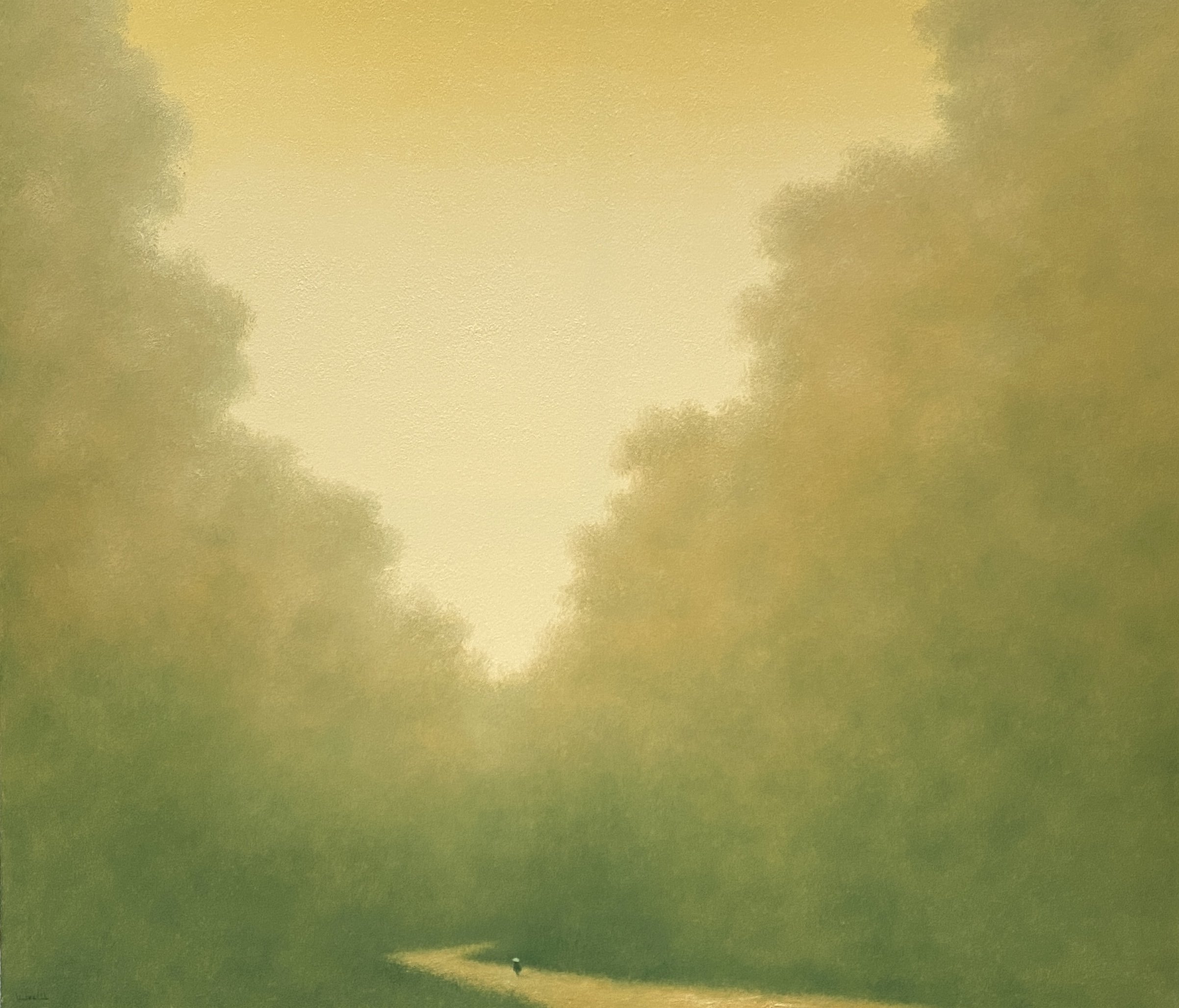
Hong Viet Dung
“The Gang of Five” in the early 1990s
Biography
Hong Viet Dung does not create portraits of landscapes but rather mood-scapes. He concentrates on expressing his emotional and spiritual experiences rather than physical reality. The world he portrays is often lonely; his canvasses feature ascetic, abstracted figures, set in stark, somber environments. The figures, usually women, have a fluid, dream-like quality, and floating through landscapes of subdued earth tones that are almost monochromatic. Stripped of all ornament, these figures represent human suffering and endurance. Hong Viet Dung’s choice of colors reflects his long-term work with indigenous clay.
The utmost simplicity in terms of figures and shapes and great profundity and expressiveness while portraying the real surface. He emphasized the self-existing plan, to such an extent that when viewing his pictures, people are under the impression that they are watching the method of painting instead of admiring what was actually painted. That is the success of his emotive skills, the result of his knowledge according to the motto: “Slow steps - steady steps”. Figures and shapes are concisely converged to geometrical lines before being melted into the background and in the case of the tar dive Impressionist style.
Born in Hanoi, with his passion for art, Hong Viet Dung (b.1962) joined The Hanoi Industrial Collage of Fine Arts and graduated in 1984. Hong Viet Dung is one of the very few artists pursuing the style of Reality and Manifestation in the contemporary art of Vietnam. He is a member of the Gang of Five, the group of leading artists of Vietnam in Doi Moi time besides others such as Dang Xuan Hoa, Ha Tri Hieu, Tran Luong, and Pham Quang Vinh. Many of Dung's works have been introduced in exhibitions and artistic events in Singapore, France, Hong Kong, the US, Australia, Malaysia, Belgium, and Thailand, as well as being included in collections across Singapore, the US, UK, Vietnam, and other countries.
Collections
Hong Viet Dung is one of the very few Vietnamese artists who have works collected by the Vietnam Fine Arts Museum and museums overseas such as Singapore, and the United States. His works are also regularly sold at international auctions at Sotheby’s and Christie’s. He is one of the rare few proud artists who was selected to meet and have works collected by Prince William of the United Kingdom.
Art collectors in Vietnam and overseas Singapore, Hong Kong, the United States of America, Japan, England, Canada, Switzerland, Malaysia, Indonesia, and China collected his works as their value and signature style. His works are exclusive with only a few selected galleries to display his works and he is not an artist who paints a lot of works.
Solo Exhibitions
2014: Solo exhibition at Ion Orchard, Singapore
2002: “New Works” solo exhibition, Rotunda, Exchange Square, Hong Kong.
Solo exhibition at Latin American Art Museum, Miami, Florida, USA
2000: Europe Art Geneva “International Art Fair”, Geneva, Switzerland.
1997: Solo exhibition, Corner of Tranquility, Hanoi, Vietnam
1995: Solo exhibition, Substation Gallery, Singapore.
1994: Solo exhibition, Dong Son Gallery, Hanoi, Vietnam
Group Exhibitions
2013: Exhibition “Expression and Reflection” in Singapore, organized by Galerie Nguyen
2010: “Genesis” Exhibition in London, UK
Group exhibition, Young Artists, USSR
2008: “Spiritual Spaces” Exhibition, Bangkok, Thailand
2001: " Separate Paths" at Thang Long Gallery, Hanoi, Vietnam
2000: “Where the River Meets” group exhibition in the Vietnamese Cultural Festival, Luxembourg and “Libre de Brussels” University, Brussels, Belgium.
“Asiatique” Exhibition at Kings Road Gallery, UK
“A Vision of Viet Nam” Exhibition at Kings Road Gallery, UK.
“Impression and Expression” Exhibition of Vietnamese Contemporary paintings, Thailand.
“Modern Arts” Exhibition at CEAE in Hanoi, Vietnam
1998: Group exhibition in Vinh Loi Gallery.
“Three Vietnamese Contemporary Artists” group exhibition at the Cork Street Gallery, London, UK.
“Vietnam 20th Century: Plastic and Visual Art from 1925 to our time” group exhibition, Brussels, Belgium
“Reflection of Vietnam” group exhibition at Woolloomooloo Gallery, Sydney.
Group exhibition at Euro Art 2000, Barcelona, Spain
1997: Group exhibition, Vietnamese Young Artists, Center Wallonie Brussels, Paris, France.
Group exhibition, Winding River-The Journey of Contemporary Art in Vietnam, Meridian International Center, Washington D.C., U.S.A
Group exhibition, Europe Art, Geneva, Switzerland
Group exhibition, ASIAN masterworks, Palace of the Golden Horse-Mines Resort, Kuala Lumpur, Malaysia.
Group exhibition, Realm of Enchantment, Plum Blossoms Gallery, Hong Kong & Singapore
1996: Group exhibition, Gang of Five, Gallery La Vong, Hong Kong
Group exhibition, Rural Poetry, Cicada Gallery, Singapore
Group exhibition, Fujita Vente Arts, Japan
1993: Group exhibition, Gang of Five, Vietnam
1991: Group exhibition, Gang of Five, Gallery Thanh Nien, Ho Chi Minh City, Vietnam
1990: Group exhibition, Gang of Five, Gallery 7, Hanoi, Vietnam
1988: Group exhibition, Young Artists, USSR.


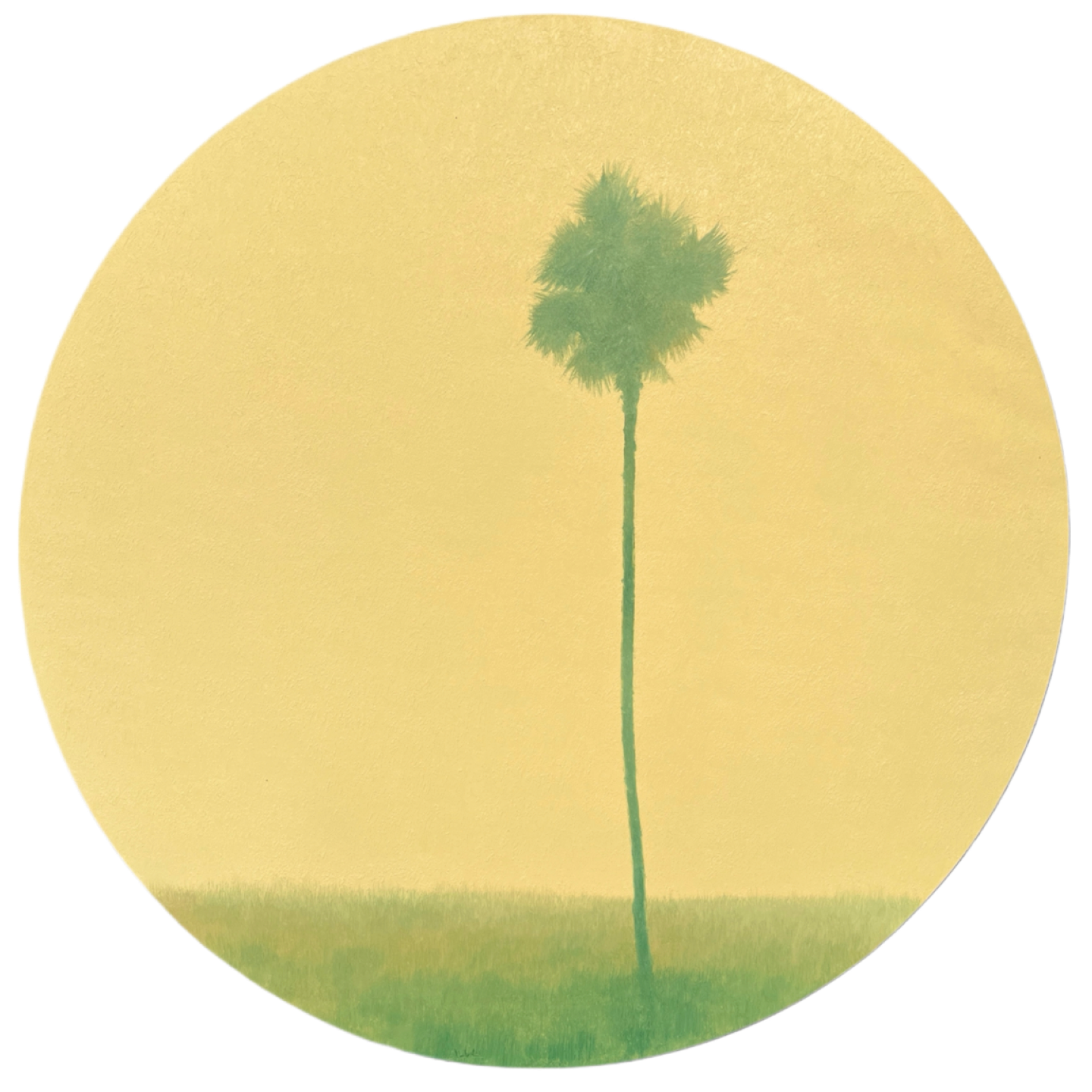
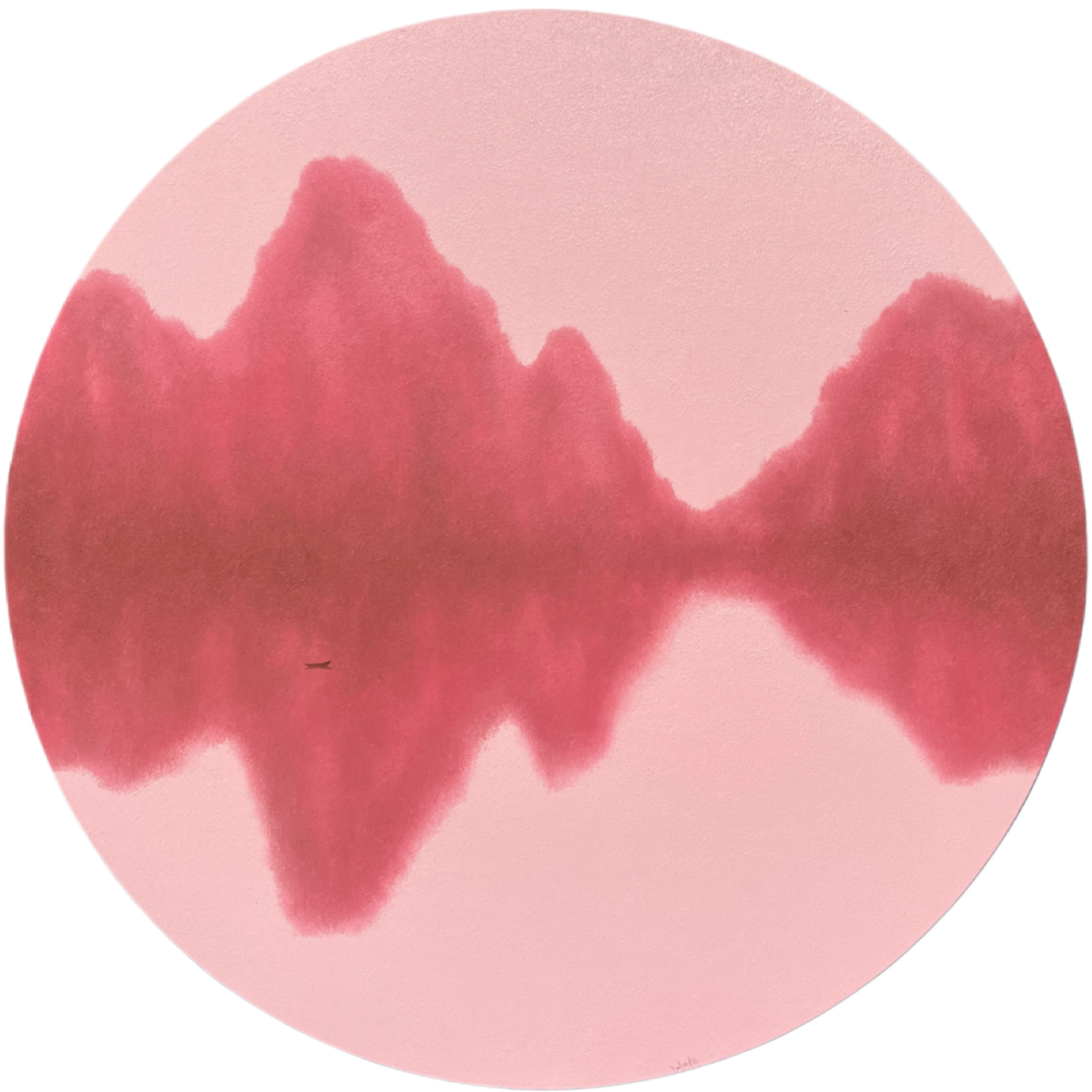
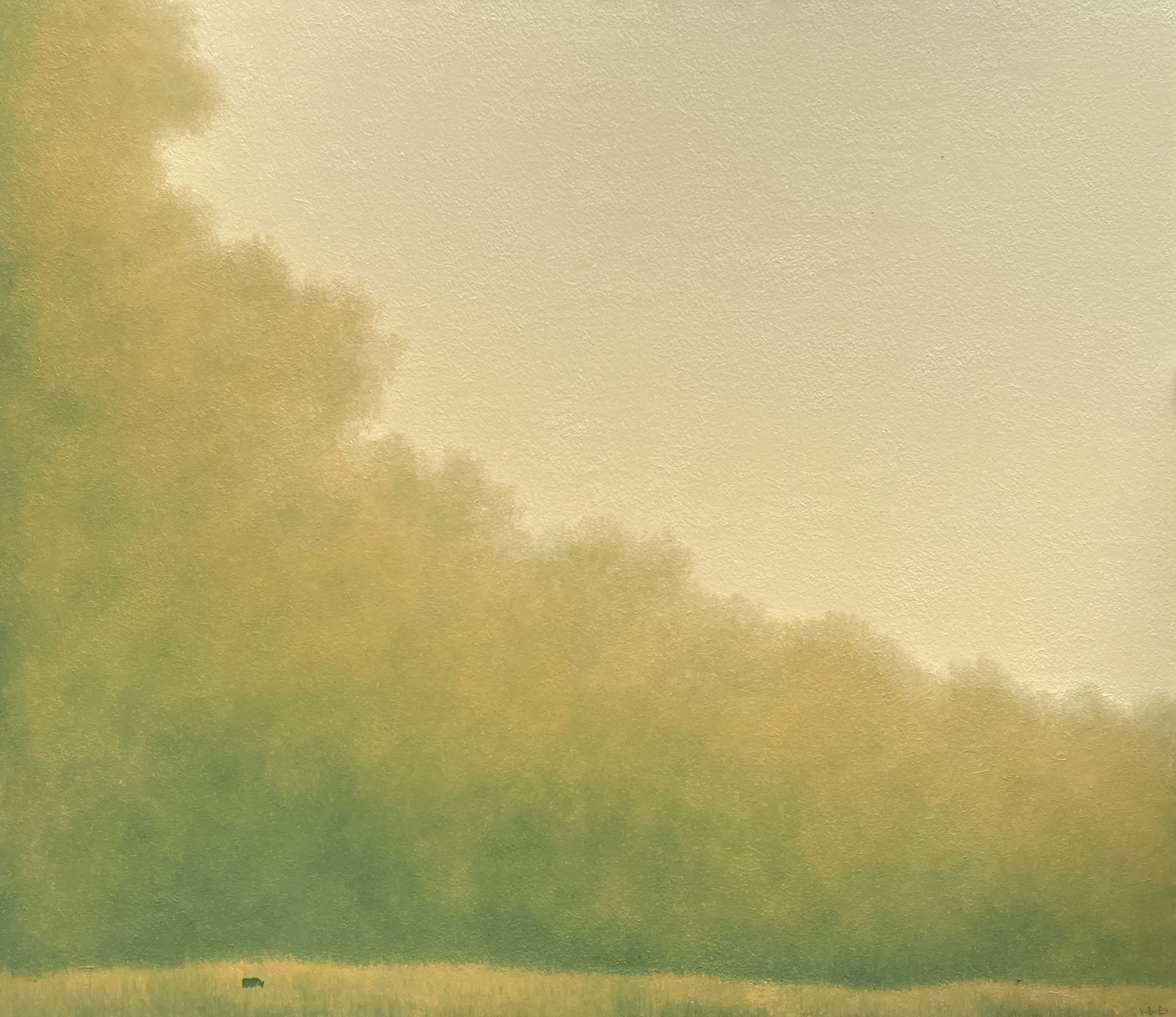
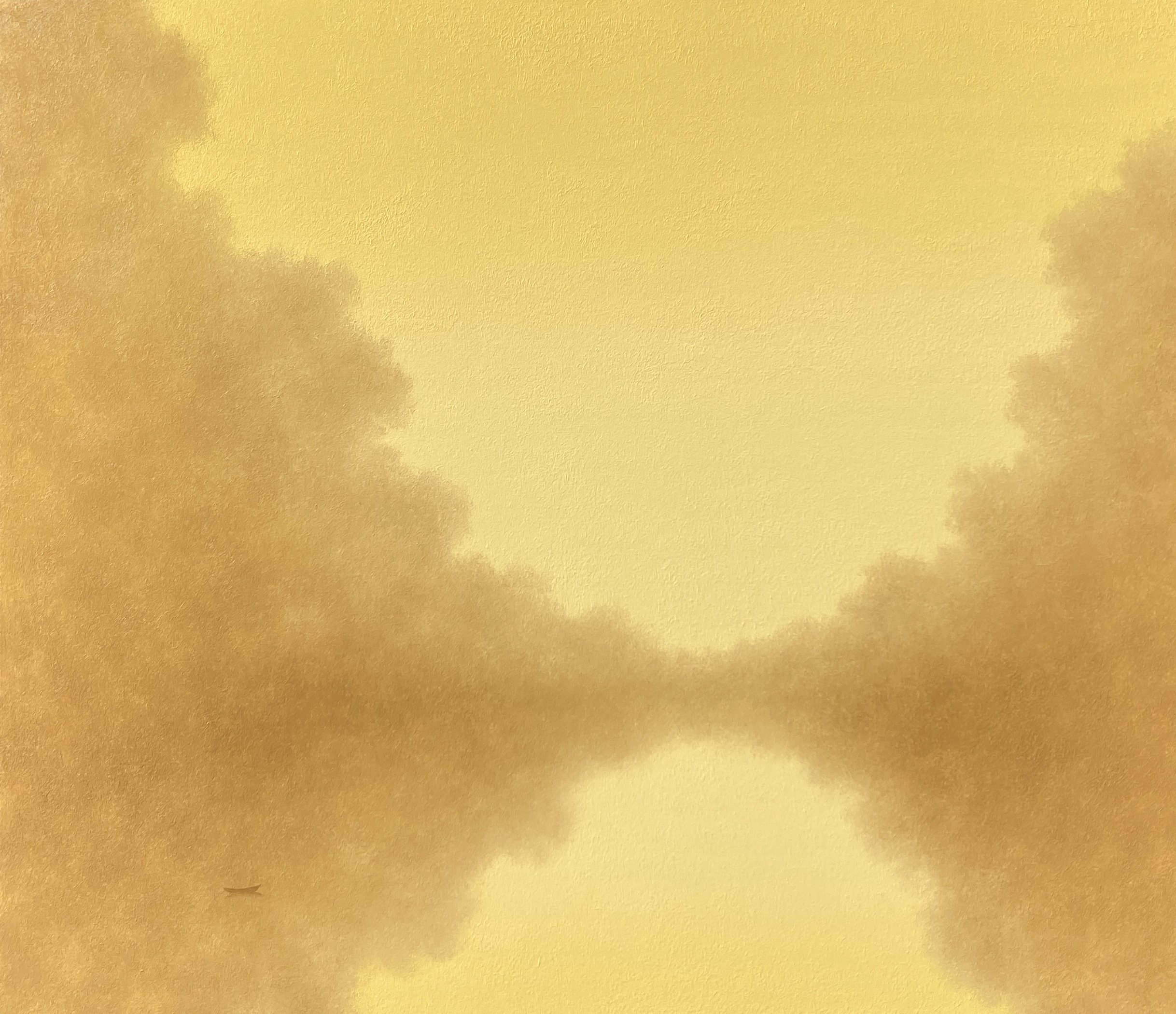

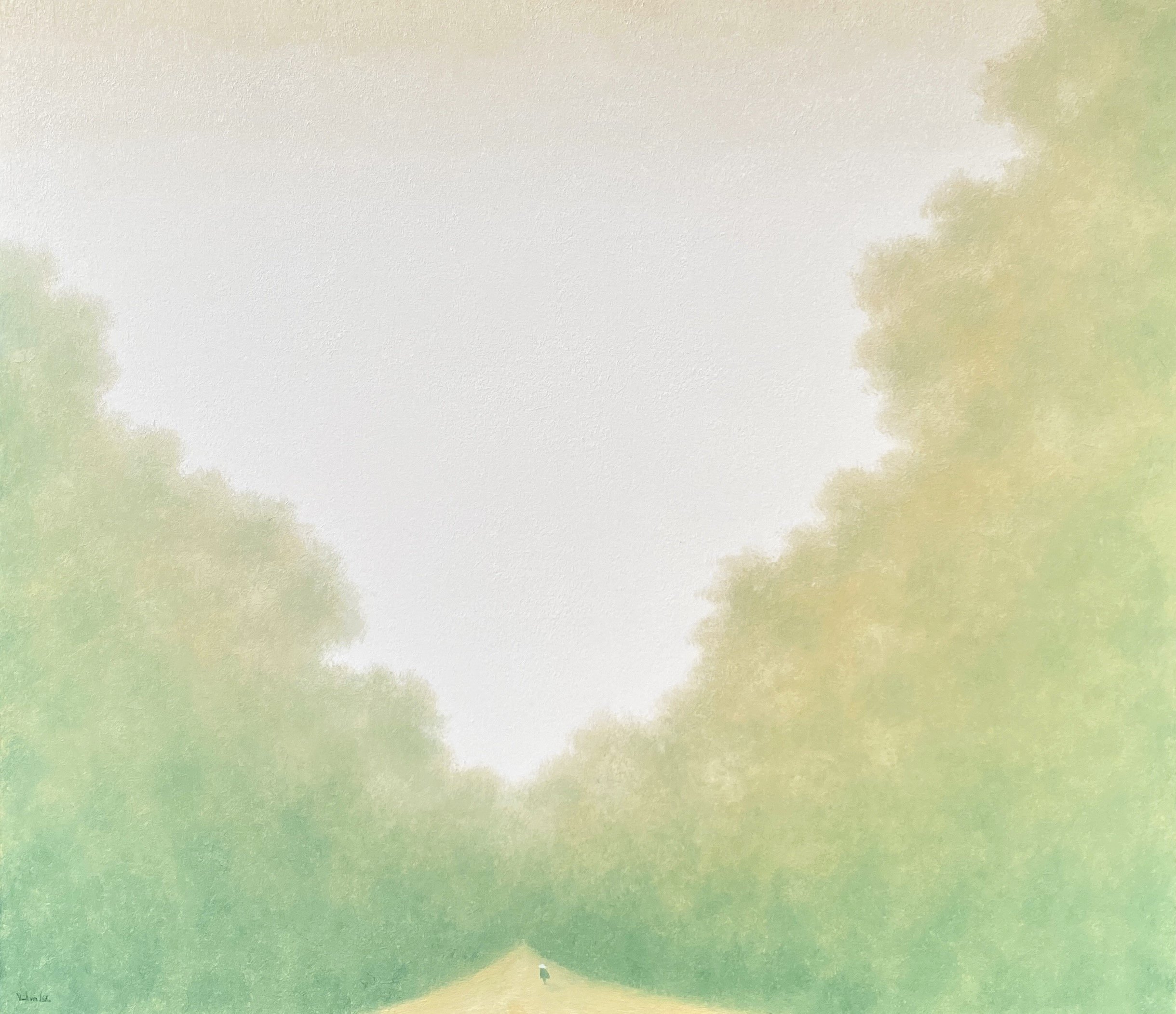
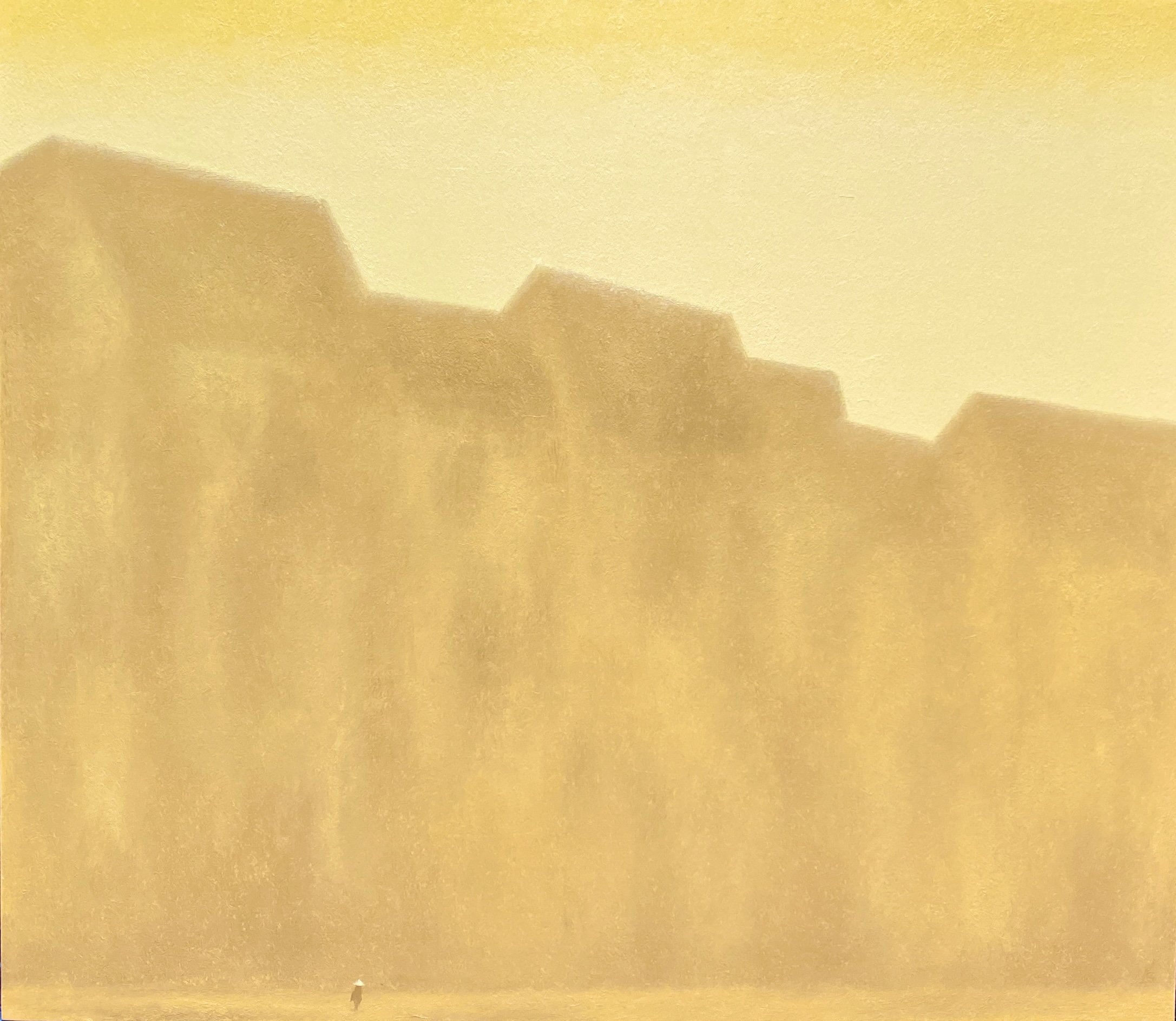




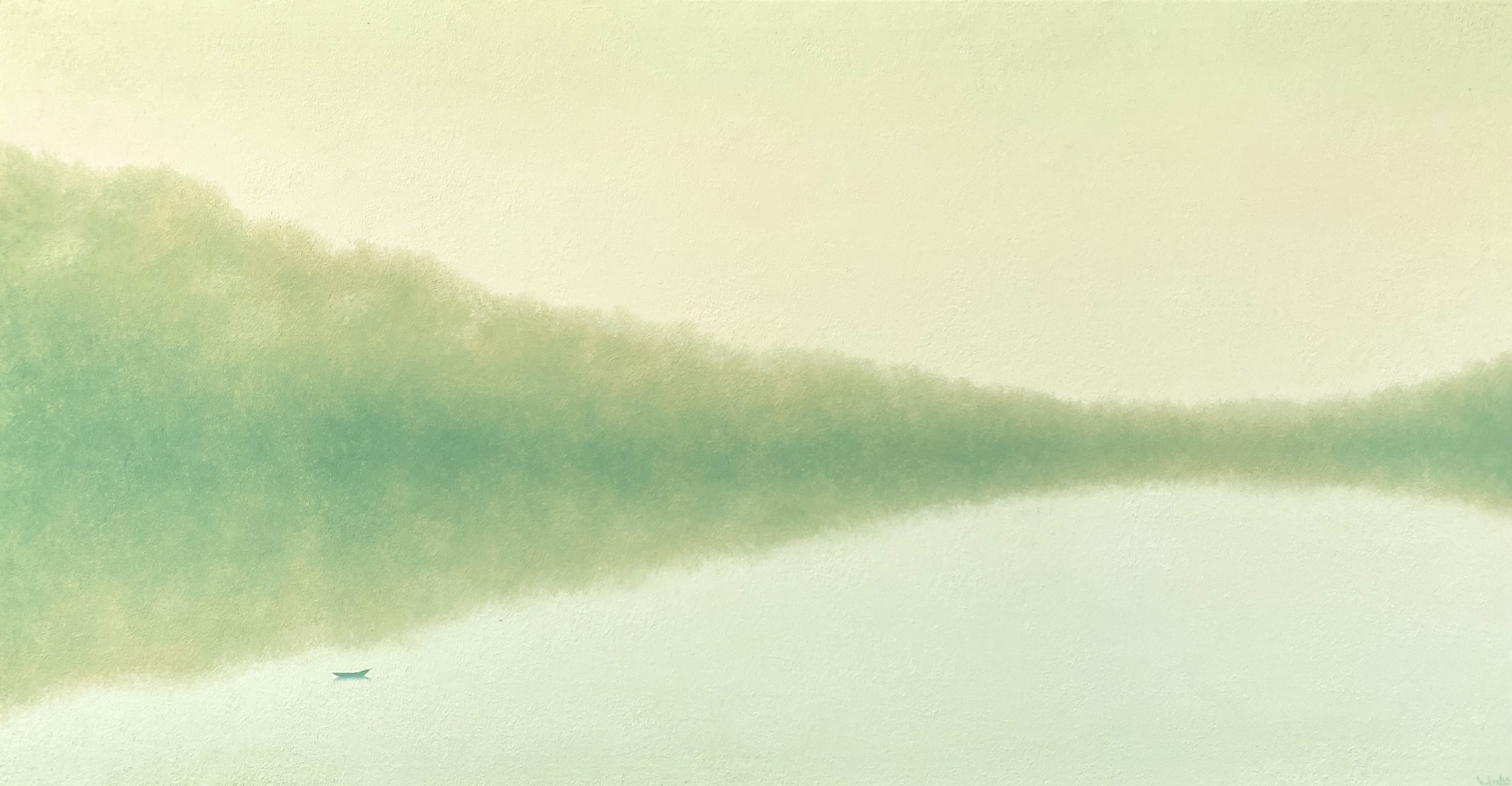

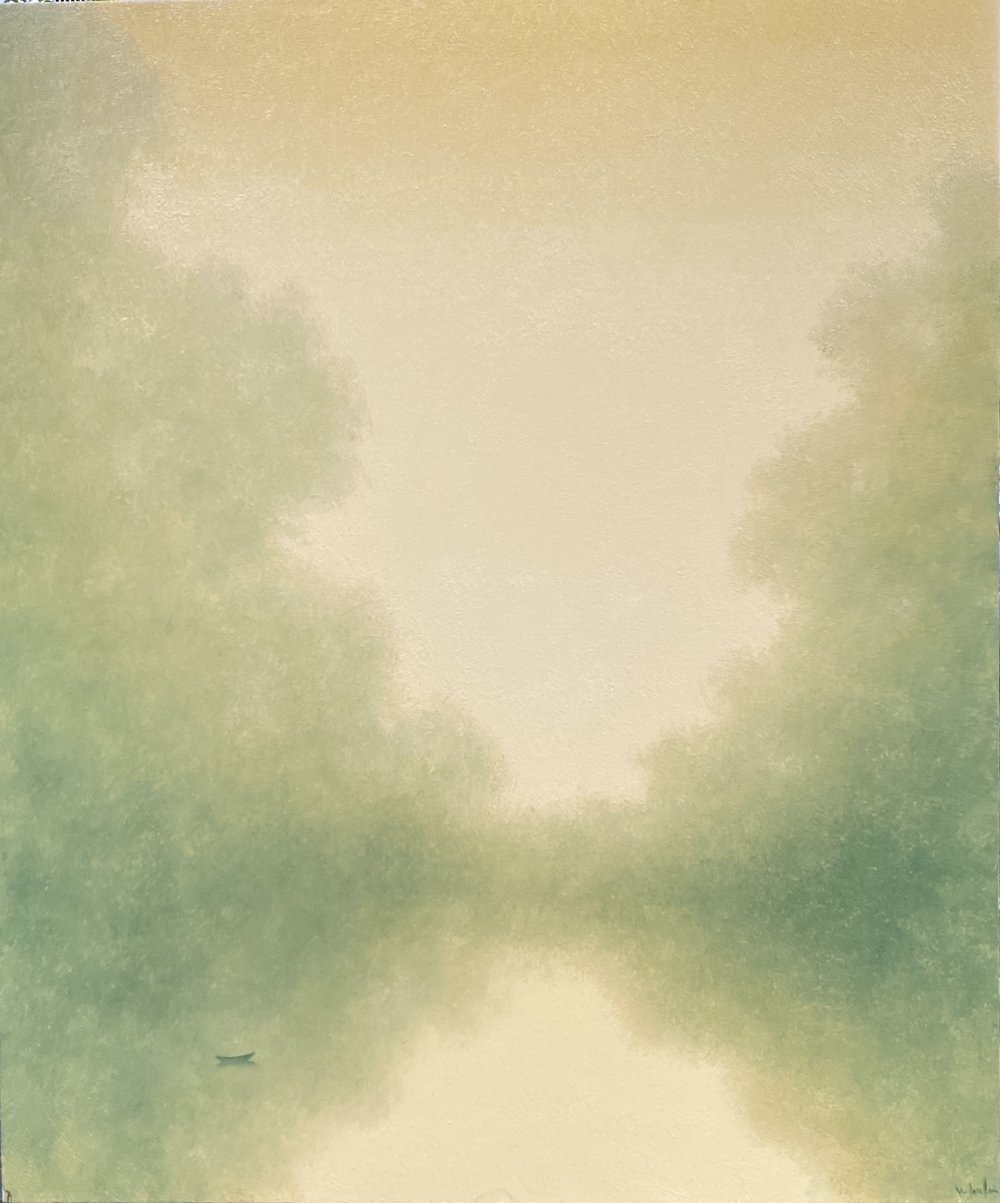


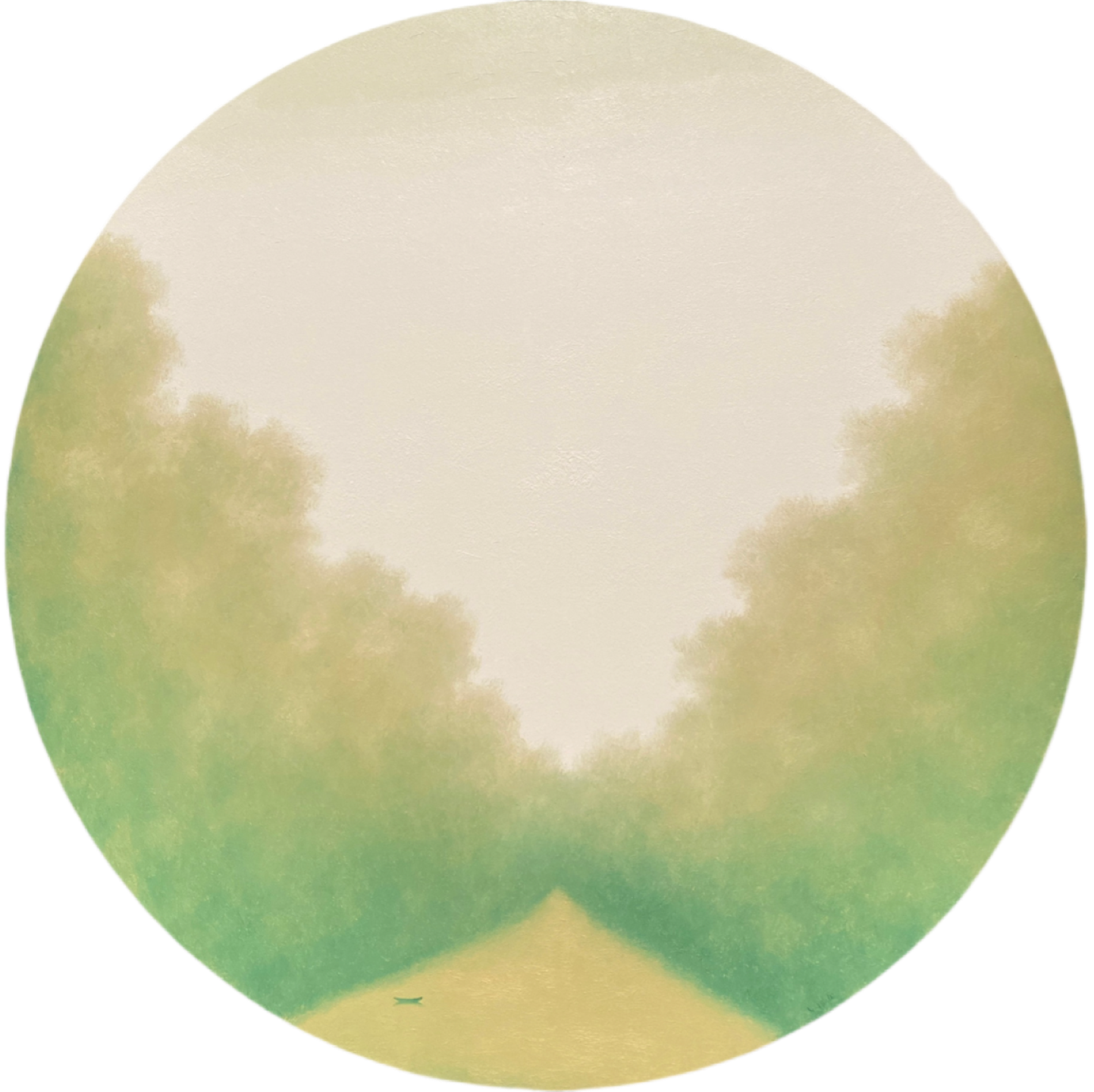

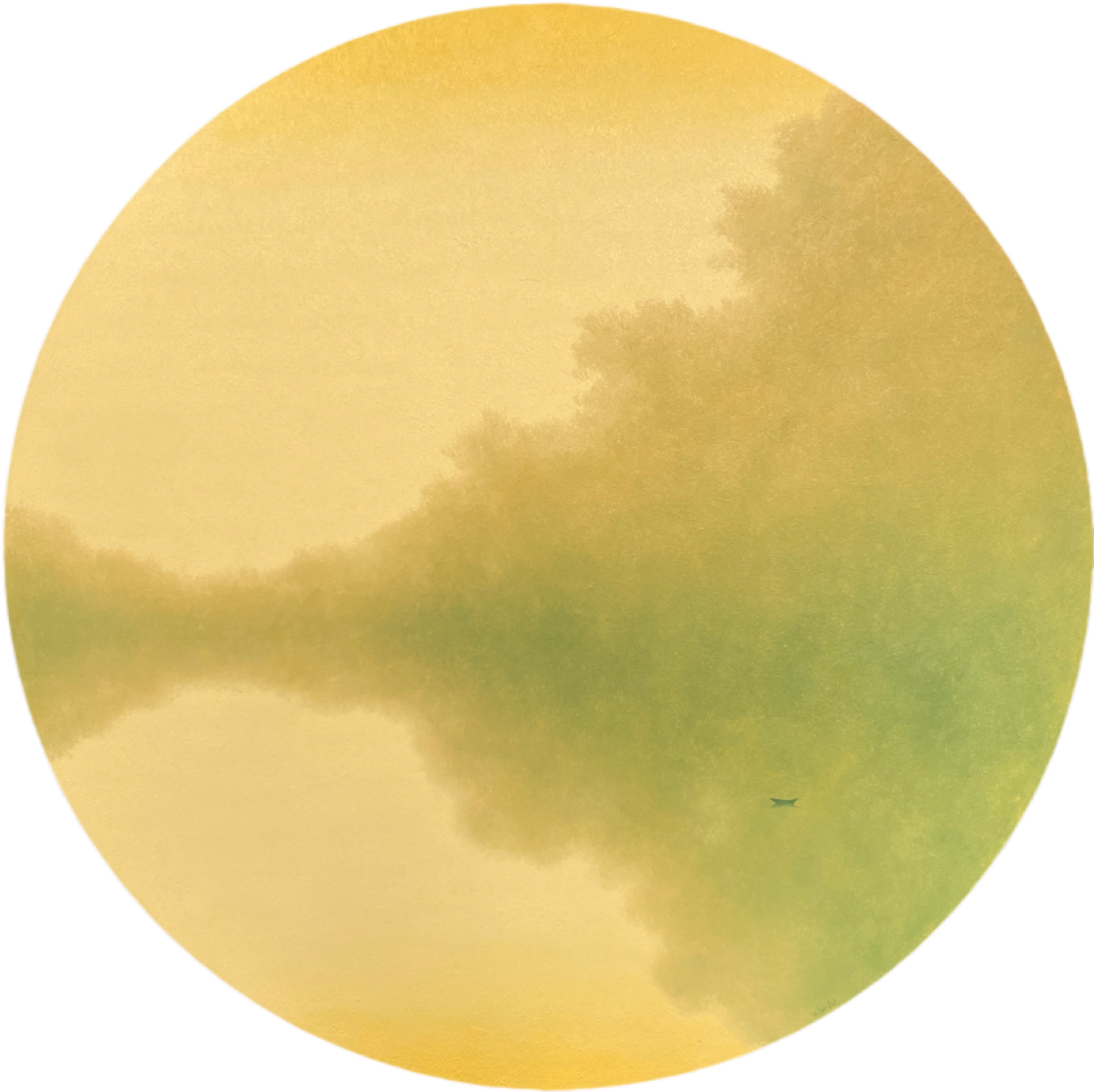







Hong Viet Dung
Oil on canvas
155 cm diameter